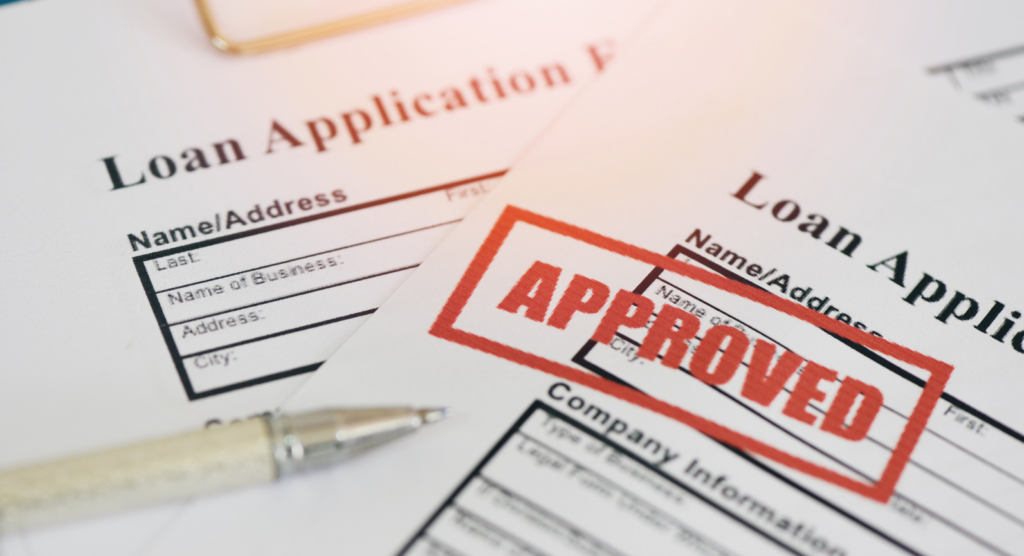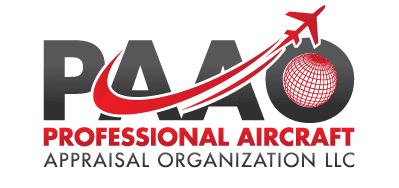
Occasionally when I perform an appraisal for a bank, the current owner or perspective buyer wants to hang around to see what is involved in an aircraft appraisal. Normally, this is not a problem and they can provide some useful information if questions come up. The only difficulties arise when someone attempts to influence the outcome of the report by stating the contracted price or arguing about items that are really insignificant to the overall value of the aircraft. However, some individuals get defensive about the bank’s requirement to have an appraisal performed. I typically get questions such as – “Why would the bank want to do this? Do they not trust me? Don’t they understand anything about buying an aircraft?” These types of individuals don’t appear to have a firm grasp of what the banking industry is going through and certainly don’t understand what the Certified Appraisal Report shows them and the bank. Overall, this defensive attitude is understandable but not unusual. What is unusual (and surprising) is that many pilots and aircraft owners expect a bank to finance thousands of dollars (even hundreds of thousands and possibly millions of dollars) with little evidence of collateral other than a piece of paper with a number written on it and believe this is to be the normal process.
Typically, most banks do not understand aircraft or aircraft financing. That is why PAAO Certified Aircraft Appraisers are hired to visit the aircraft and report on its condition and contents. This type of reporting provides the bank with an unbiased view of their collateral so that they can make a reasonable business decision based on reliable data. Not having their collateral properly documented impacts all current and future aircraft owners negatively when problems arise and this point needs to be clearly understood. It is not the reputation or honesty of the buyer, broker or dealer that is being questioned by the bank. Many bankers are simply following corporate policy and FDIC requirements to document the collateral they are lending against.
In previous articles I have indicated that the typical banker is really only interested in “doing the deal” and hoping that if things go sour, they are in another job. One of the most frustrating aspects of appraising aircraft involves discussions with these bankers about the need for proper aircraft loan documentation and the knowledge of how terrible the situation can be when an aircraft loan goes into default or bank policy is not properly followed. Usually, the bank or more importantly, its stockholders wind up paying the price. In the end, we (aircraft owners and aviation enthusiasts) also suffer due to the perception that aircraft loans are too risky. The result is that more and more banks refuse to provide aircraft financing highlighting this risk. Here are a few real world examples showing how bad things can get. These are the types of scenarios that keep many a lender up at night.
The “Slightly Damaged” Aircraft
Several of the banks who use my services also request that I assist in obtaining a title search and getting the documents properly filed with the FAA. In this particular instance, the bank only wanted a title search and claimed that they had an “appraisal” that was supplied by the customer. In the process of performing the title search, it was discovered that this particular registration number had been flagged in the FAA database noting that the aircraft was completely destroyed. I asked the bank about the appraisal that was submitted and requested a copy. What I received was a copy of an invoice with a hand written statement saying “I believe this aircraft is worth $X” and a page from The Aircraft Bluebook Price Digest with a number circled. The current owner indicated that the aircraft has suffered “a little wind damage” but otherwise was fine. I investigated further and found the previous owner. That owner told me that the damage resulted from a fuel truck hitting the aircraft while parked on the ramp. It bent the fuselage and subsequently totaled the aircraft. The insurance company paid the previous owner’s claim and de-registered the aircraft with the FAA – as they should have.
After highlighting these facts to my customer, the bank, they requested that an PAAO Certified Aircraft Appraisal be performed. In setting up the appointment with the current owner, it was determined that the aircraft was actually in pieces on the hangar floor and it was not possible to complete the assignment. According to the bank, their customer stated on the loan application that the aircraft was in an airworthy condition. There is little doubt that if this loan had proceeded, any default on the loan would have resulted in a total loss on the bank’s part.
A loan gone bad!
A bank contacted me about examining an aircraft that they had repossessed. In aircraft repossessions it is not uncommon for log books to be missing and avionics to be removed. This aircraft was not very different in that regard in that the avionics in the aircraft had no resemblance to its equipment list and there was only one aircraft log available for review or about 66% of the aircraft’s life could not be accounted for. The aircraft was unairworthy from several perspectives but more important was the final calculation. The aircraft appraised at about a quarter of its original loan value. Had there been a Certified Appraisal Report on file, a better comparison could have been made about the original loan value versus its current value giving the Bank’s Board of Directors more insight into this situation and an indication of what items had changed over the life of the loan. As it was, the bank (a fairly small local bank at that) was facing a huge write off that someone is going to need to explain. The bank’s stock holders will also feel some impact to the overall bottom line. Oh yes, I forgot to mention that the original “appraisal” provided to the bank substantiating the higher value was a single piece of paper with little more than a number written on it and was performed by an individual who appears to have had direct ties to the broker/dealer selling the aircraft. (Related: 3 Steps Banks Should Take Now to Reduce the Risk of Aircraft Repossessions)
The Bank’s Expert
I was contacted by an attorney to examine an aircraft that had been grounded shortly after the aircraft was purchased. The current owner had agreed to a “post-purchase” inspection instead of the normal “pre-purchase” inspection (I will not comment on THAT strategy in this article). When the aircraft was taken to a mechanic for this inspection – after money had changed hands and papers had been filed – multiple airworthiness issues were identified resulting in the aircraft’s immediate grounding. The seller began to have selective memory about the terms of the deal and a law suit was inevitable. When the Certified Appraisal Report was completed, the value was a fraction of the figure that the bank had based its loan on. I talked with the bank about this and was told that the aircraft had been evaluated by one of their VPs who was an “expert” when it came to aircraft evaluations. There couldn’t be an error!!! Obviously, I had the benefit of a mechanic’s written report but it appears that the bank’s “expert” had missed a few key value points – existing damage being one of them. The result was a loan that was far in excess of the aircraft’s fair market value. If the aircraft needs to be sold, either the owner or the bank will wind up losing quite a bit of money on the deal.
Now some readers may ask – “So what’s the real problem? All banks are insured aren’t they?” Keep in mind that it wasn’t too many years ago that the banking industry was in jeopardy. Federal investigations determined that bankers lent money on high risk real estate investments without doing their homework or following bank procedure. The result of those actions drained the FDIC reserves and cost all taxpayers billions of dollars (actual figures are difficult to pin down because the final checks have not been written and the estimates keep getting higher) while many of the decision makers were not really held accountable. Although it is unlikely that this type of situation will occur with aircraft loans specifically, there are many banks that are most likely at risk today due to their aircraft lending decisions or failure to follow bank policy not to mention the current market value of most turbine aircraft. In many cases the banks do not really know what they have loaned money against because there is little documentation to back up the loan.
Banks ask for Certified Appraisal Reports to better understand the collateral they are lending money (your money and my money) against. It has nothing to do with your credibility or honesty. It has to do with bank policy and responsible lending practices. After all, most of us would not lend money on an aircraft – sight unseen – with little more than a piece of paper with a number on it to back up its value. So why is a bank expected to?





